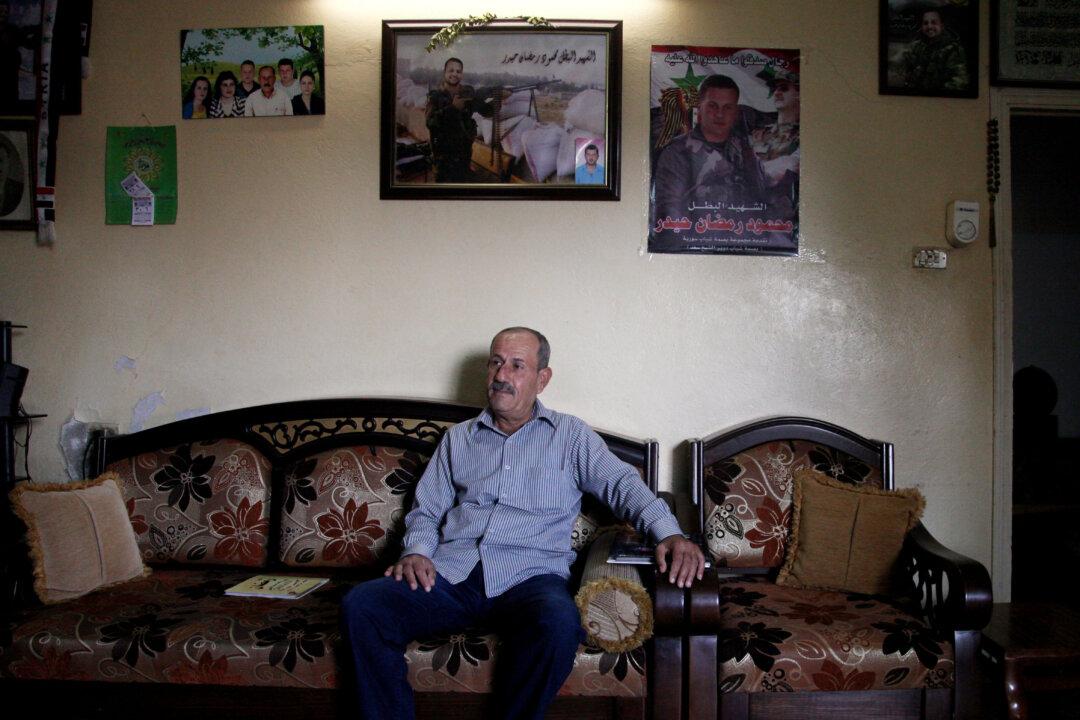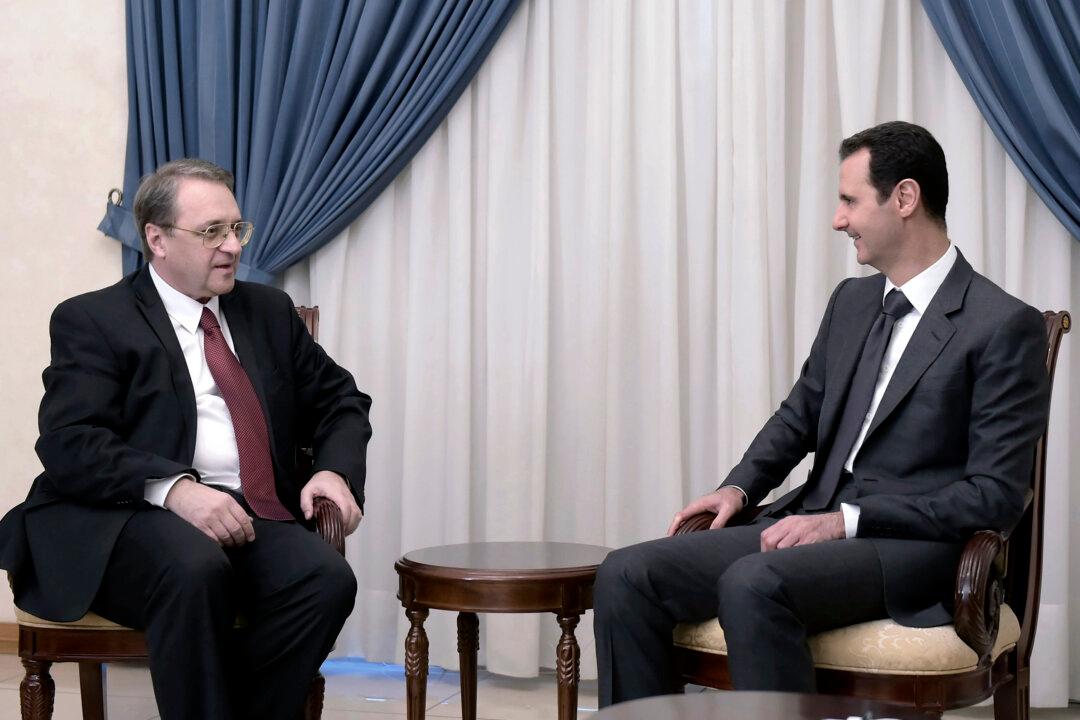TARTOUS, Syria—Syrian businessmen start from scratch after their shops and factories were destroyed. Families who lost their homes struggle to rent new dwellings and make ends meet. Along highways stretching through government-controlled areas are the bombed ruins of once-rebellious towns, now dotted with checkpoints.
Government-controlled Syria is truncated in size, battered and impoverished. But it carries on, underscoring how Syrian President Bashar Assad’s government has clung to power, despite an armed rebellion to uproot him, now well into its fourth year.
Visits the past week to the capital, Damascus, and the coastal region of Tartous, a stronghold of government support, show how Syrians have adjusted to life in this reduced country. Thick barriers surround government buildings, painted in the red, black and white of the Syrian flag. Assad’s portrait is everywhere: as a soldier, a businessman and a father.
After years of brutal back and forth, the government rules over Damascus and a sweep of territory west to the Mediterranean coastal region that includes Syria’s biggest cities, along with some parts south of the capital. Rebels hold some suburbs in the countryside around Damascus and parts of the northwest. The extremist Islamic State group has imposed its rule over territory encompassing a third of both Syria and neighboring Iraq.
The war constantly intrudes. The persistent thud of bombings of nearby rebel-held areas is the soundtrack of Damascus.
Checkpoints dot roads, often concrete shacks spruced up with posters of Assad cut into heart shapes. Soldiers rest on faded couches.
“Got any cigarettes, sir?” one soldier hopefully asks a driver.


